These are very strange times. Nearly new used cars have been going up in value, the computer chips are missing for new motors and new car prices aren’t getting any softer. In fact, research by finance company Moneybarn suggests that some car retail prices have actually doubled over the past decade.
In case you wondered, the average cost of buying a new car increased from 2011 to 2021 by a whopping 39% from £27,675 to £38,585. Moneybarn calls it ‘carflation’, but the good thing is that we only deal with used cars on these pages.
Click here to buy your next used car from Autocar
Exhibit A on the carflation front is apparently the Jeep Wrangler. The 2011 price was £22,515, but it’s £48,920 now – a rise of 117.3%. The Wrangler you could buy 10 years ago is going to be different when it comes to spec and other fittings, but we will stick with it and see what we can buy. You can go really old-school and get a 2000 Sport soft-top with a 2.5-litre petrol for around £8000. Otherwise, a four-door example from 2009 looks contemporary enough. It’s a 2.8 CRD Sport Unlimited with almost 100,000 miles and four previous owners, and it can be bought for £14,995. Seems reasonable enough to me.
Next up on the list of price-risers is the Peugeot 3008, which has gone from £17,195 to £37,310. That’s a huge change, but the model was revamped in 2016, which explains some of it. You can get the early ones for less than a couple of grand. Alternatively, a facelifted 2015 example in 1.6 BlueHDi Allure guise with sat-nav, a reversing camera and a panoramic sunroof with just 45,000 recorded miles is an entirely reasonable £7995. Next up was another Pug (the 508 saloon), then the Mercedes-Benz V-Class (a van-based MPV) and then some ‘normal’ cars, starting with the Hyundai i20 and the Volkswagen Polo. Both of those were £9500 cars 10 years ago but now cost the thick end of £18,000 and £17,000 respectively. Blimey.
You can get an old i20 from around 2009 for under £1000. A 2012 1.2 Classic with just over 65,000 miles and a decent history, meanwhile, will cost you £3400. When it comes to the Polo, there are some cheap high-milers around, but I did see a 2014 1.2 TDI CR Match with a recent cambelt change, fewer than 70,000 miles and two previous owners for £5495.
I found that all rather interesting, and I do realise that new car buyers rarely suck these huge amounts of cash out of their savings account. Rather, most are PCP financing. But the point is that they’re committing themselves to the large lump sum involved in going new.
Obviously, you will be sticking with the tried, tested and rather cheaper used option.
Tales from Ruppert’s garage
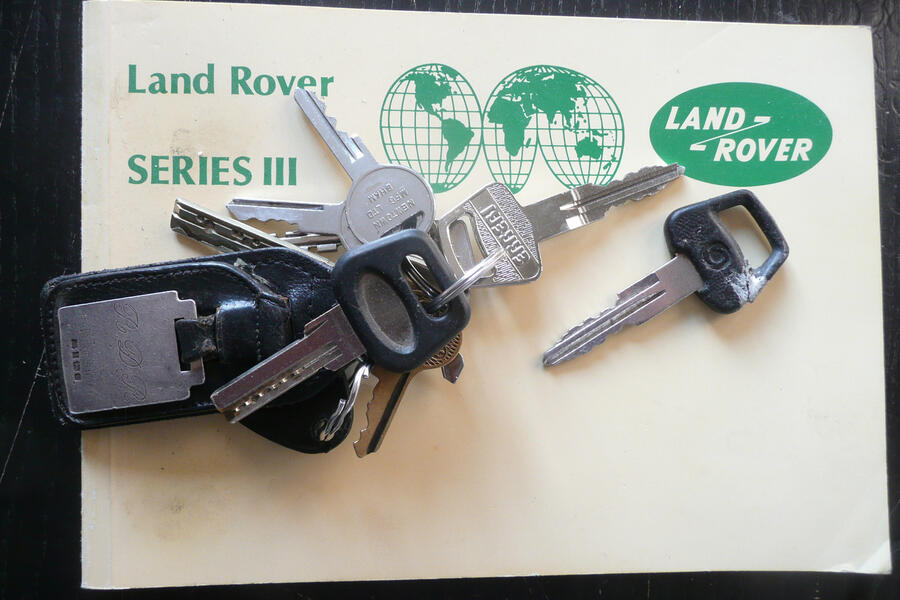










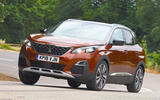



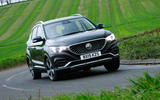

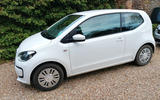


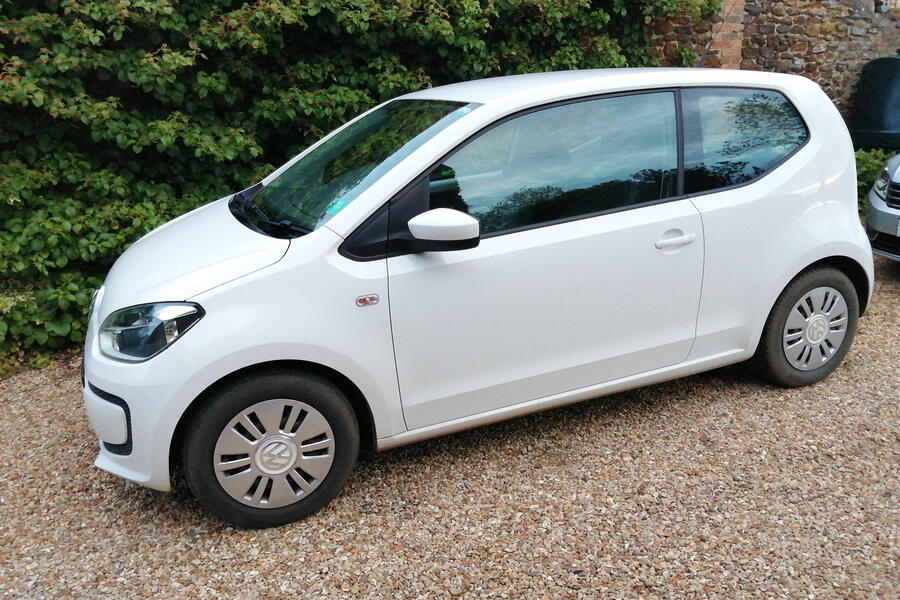
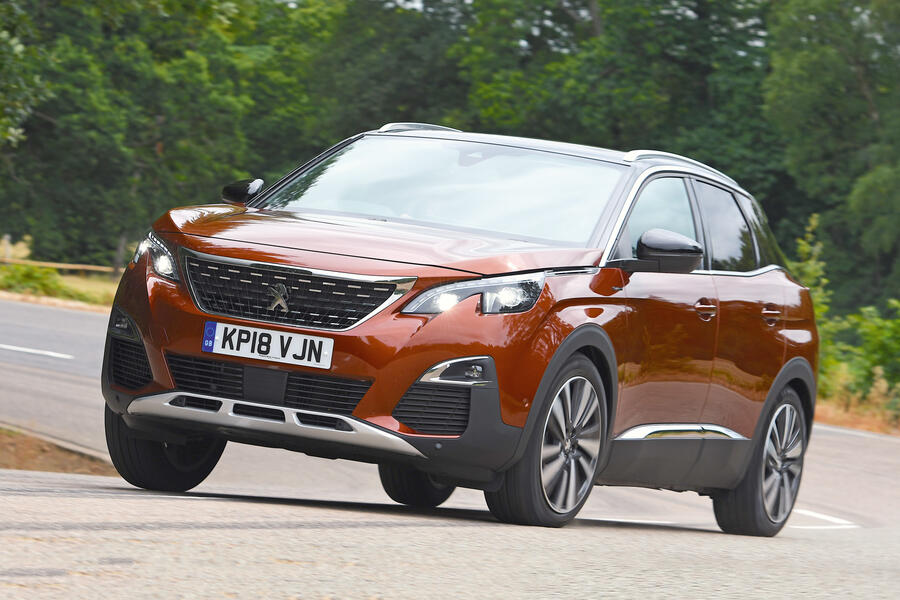
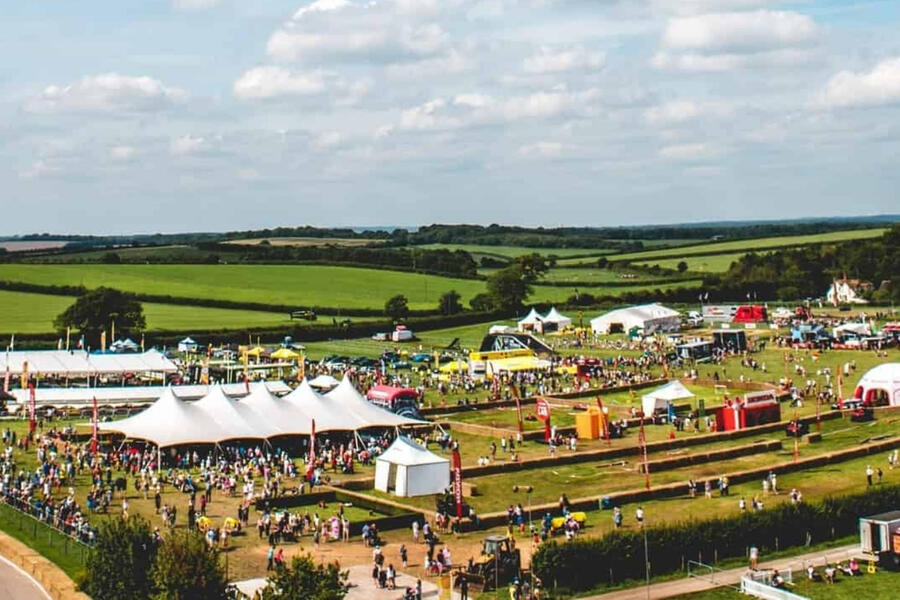

Join the debate
Add your comment
The inflation calculator on the Bank of England website shows that £27,675 in 2020 is now worth £36,289 (I used a year before as it doesn't have full 2021 figures, but I'm guessing neither does James, unless he's a timelord).
That means that the average price has actually risen by 6.3% above inflation over 10 years.
The Peugeot 3008 that he uses as an example shows why this is a stupid comparason. The 3008 was a frumpy, poorly made, unreliable, ugly, unfashionable MPV. The 3008 of 2011 is a stylish, poorly made, unreliable, pretty, highly fashionable SUV. Comparing apples with pears.
I'm increasingly certain his weekly column is just a trolling exercise. I really hope no one uses it as consumer advice in any way.
I see James hsa been to the Diane Abbot school of statistics! What he quotes is the average that people CHOOSE to spend on a new car, very different. Analysis could show that we are all more affluent or maybe the poor have got poorer and don't buy cheap cars so the average moves up? Dacia Sandero list is £7,995. If you HAVE to get a new car you can get that, anything else is a lifestyle decision!